According to Associate Professor Dr. Do Van Dung, former Principal of Ho Chi Minh City University of Technical Education, based on this year's enrollment data, this situation not only reflects fierce competition but also exposes social, geographical and training quality injustices, seriously affecting the access to higher education opportunities of students nationwide.
Southern universities such as Ho Chi Minh City University of Economics , Ho Chi Minh City University of Technology, Ho Chi Minh City University of Technical Education, and member universities of Ho Chi Minh City National University use methods such as considering academic records, direct admission, and considering scores of the Ho Chi Minh City National University's competency assessment exam, so the quota is divided into small pieces, leading to a situation of "low supply - high demand", pushing up the standard score.
Mr. Dung gave an example of the English teaching major of some universities, the quota allocated by the Ministry of Education and Training is very small. After deducting the number of direct admissions (quite a lot) and many admission methods, the quota for considering high school graduation exam results is only about 5 - 15. That explains why the standard score for this major is above 29/30.
An important but little-noticed reason is the way schools apply percentiles to convert transcript scores to high school exam scores. Due to concerns about not being able to recruit enough students, along with the large number of candidates registering to consider transcripts (accounting for 20-60% of the total enrollment quota in many schools), schools have come up with a conversion formula with a very small difference, usually only 1-1.5 points.
For example, a report card score of 29/30 points (average 9.67/subject) is converted to 28/30 points for the high school graduation exam. This causes the overall standard score to be pushed up. This conversion formula is not strict, and does not accurately reflect the difference in difficulty between the report card (which is easily “fabricated” or uneven among high schools) and the high school exam (which is standardized nationwide).

The consequence of the above, according to Associate Professor Do Van Dung, is that the benchmark scores are unusually high, eliminating many potential candidates. The benchmark scores based on high school exam scores often range from 24 to 26 points in many majors, even up to 30 points in some top schools, making it difficult for candidates with good but not excellent academic performance to be admitted.
They are forced to turn to other methods, but not everyone has access. Students in remote areas are severely disadvantaged when separate exams are used by many schools, with results mainly concentrated in large cities and urban areas.
Students in remote, rural areas often do not have a nearby exam location and have to travel hundreds of kilometers, wasting money and time. Students in remote areas mainly rely on high school exam scores, but the standard scores in many places are pushed up due to the above reasons, leading to unfair failures.
To overcome this, it is necessary to expand the locations of separate exams nationwide, tighten the criteria for considering academic records, adjust the formula for converting percentiles more reasonably, and balance the targets between methods to ensure social equity and improve the quality of university education.
The method of considering transcripts is used by many schools, but it is difficult to verify the quality and does not reflect actual ability. As a result, students who are considered for transcripts often cannot keep up with the program, causing great difficulties for lecturers. Uneven classes not only affect the quality of training but also create injustice for students, who have to compete fiercely but study with lower-entry groups.

University Admissions 2025: What Trends Do 'Strange' Admissions Scores Reflect?

Special candidates admitted to the University of Technology, Vietnam National University, Hanoi

IELTS marketization and the consequences of a 'pink-painted' certificate
Source: https://tienphong.vn/bat-cong-cho-sinh-vien-post1772222.tpo






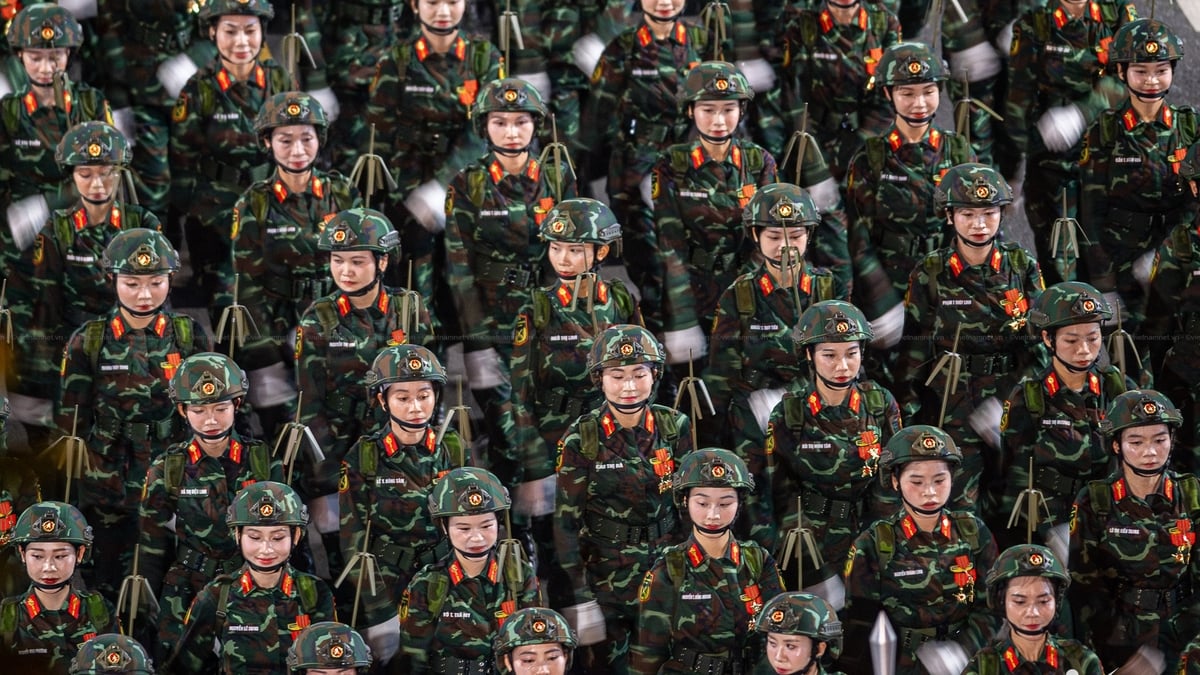
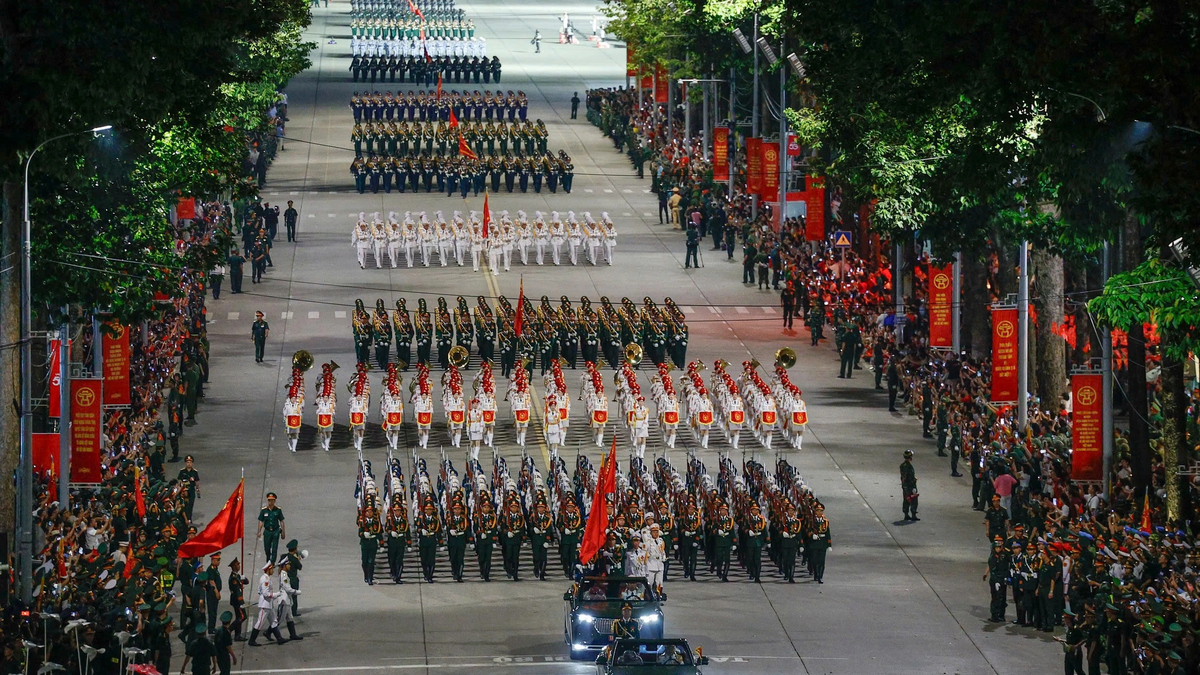
![[Photo] General Secretary To Lam attends the 80th anniversary of Vietnam's diplomacy](https://vphoto.vietnam.vn/thumb/1200x675/vietnam/resource/IMAGE/2025/8/25/3dc715efdbf74937b6fe8072bac5cb30)
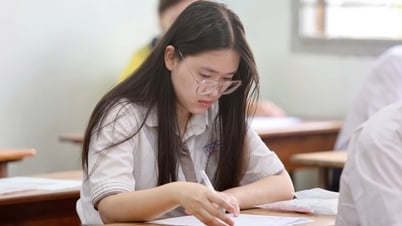



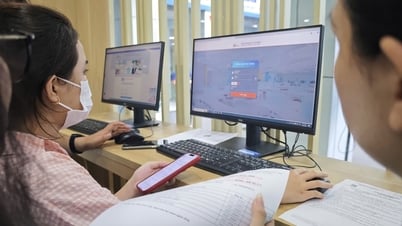

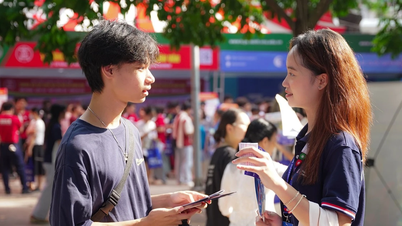




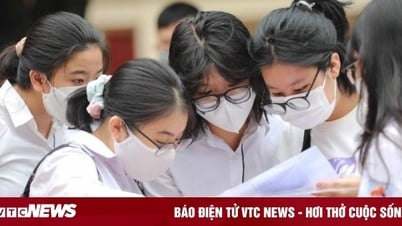




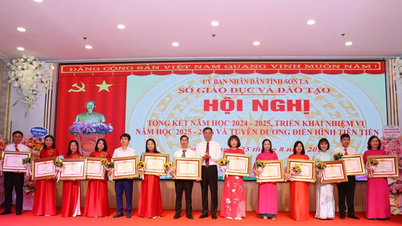





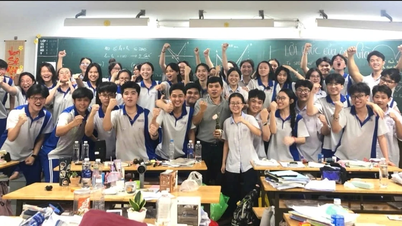

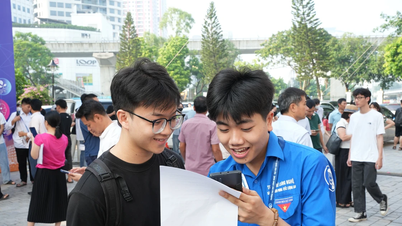

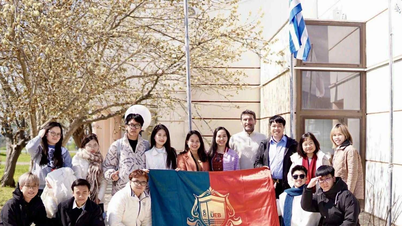
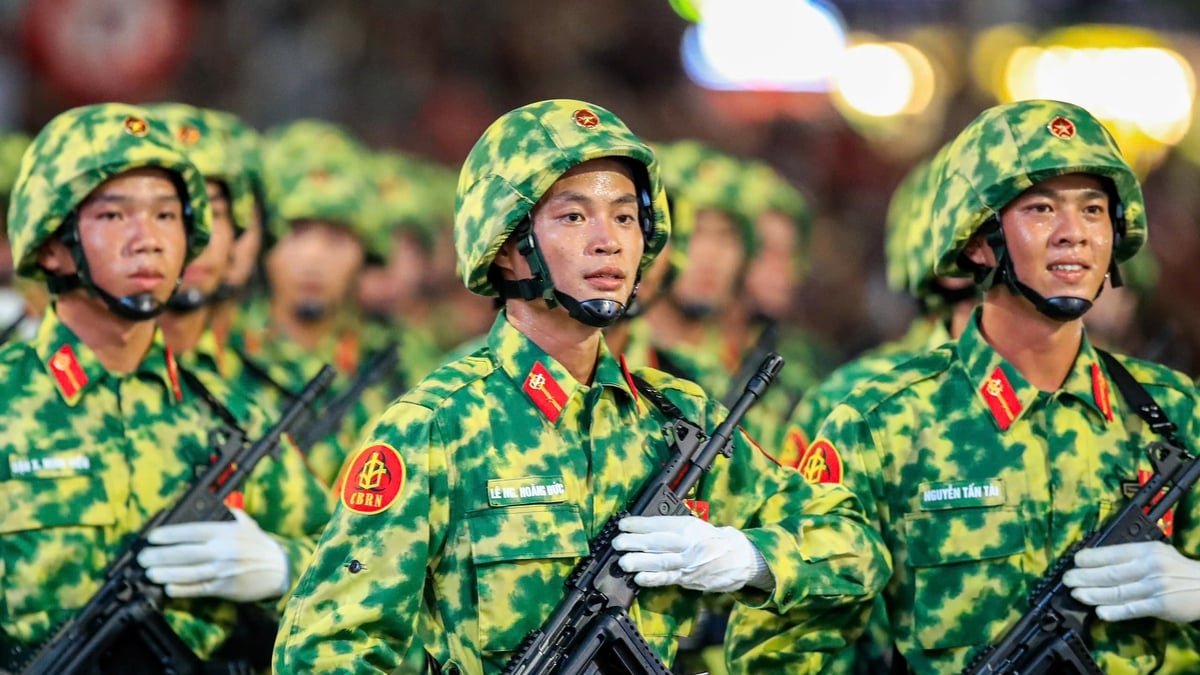





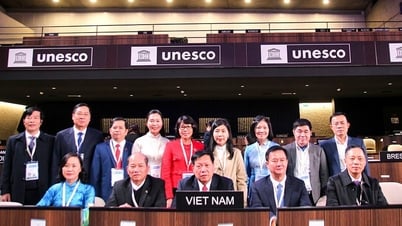












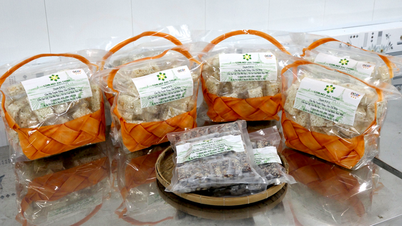




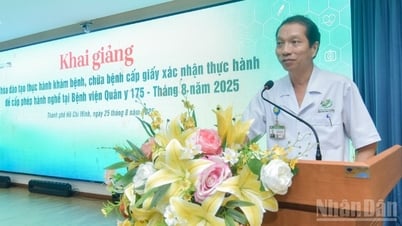







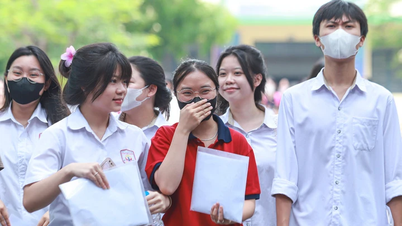










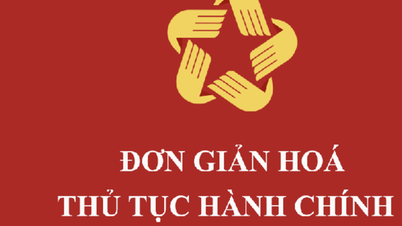




















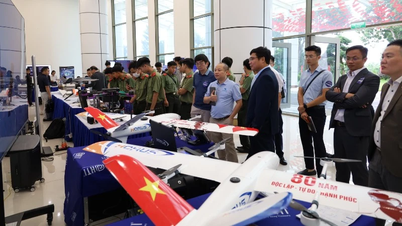









Comment (0)